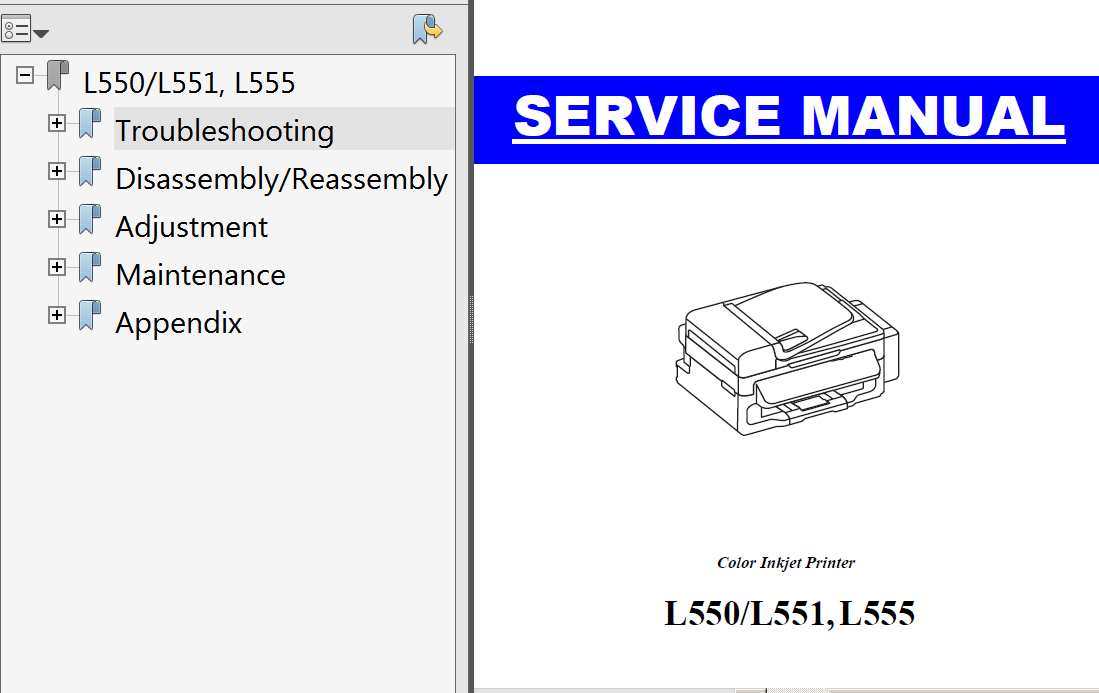
Pdf Belajar Solo Gitar Blues
In this lesson I will try to go through how you make lines on a Bb jazz blues using the arpeggios of the chord. First I’ll go through the arpeggios and give some suggestions on how to practice them, and then discuss how you make lines with them.
Effective in Solo Jazz Blues guitar (without an accompanists). The guitarist Joe Pass is famous for this technique. This means there is movement in both top and bottom parts of the instrument with important chord tones, predominantly 3rd’s and 7th’s, affirming the harmonic progressions in the mid-register of the instrument. Arenas Klasik Gitar Metodu Pdf Free maritami. Kunci gitar belajar melodi gitar download software belajar melodi gitar belajar A PDF reader is needed to view the files. Bora uslusoy progressive solo gitar metodu pdf Bora uslusoy uxlusoy solo gitar metodu pdf. As a free keyword analysis tool.
I got a request for this lesson after having done this lesson on developing your comping ideas: Jazz Blues Comping. The idea is to give a set of materials that is easy to learn and still give you the ability to play the blues so that you can really hear the changes, which is a necessary skill if you want to be able to play jazz as a style.
Let’s first have a look at the chord progression:
I guess I better point out that I’ve simplified the chords a bit, so that there are one bar II V’s, mainly because you don’t always have to play both chords when you are soloing and it makes it a bit easier in terms of how much time you have to spell out each chord.
The arpeggios
I’ve chosen to show the arpeggios from the 5th to the first string because that makes them 1 bar long and therefore easier to play over the chord progression. If you wish to expand them to the full position then that should not be too difficult. I chose this position because it is close to a place where you can play the chords and associating the chords and the arpeggios with each other is a very good idea.
As I mention in the video it is very useful to practice the arpeggios not onyl up and down but also in sequences of 3 or skipping one note or what ever you can think of. The more you can do the more freedom you’ll have when you start improvising.
Learning the arpeggios on the progression
When you study a progression that you are not yet familiar with it can be a great exercise to play the arpeggios of the chords in a few ways. The first exercise is to just play all the arpeggios ascending on the progression like this:
Another exercise that is very useful in terms of getting an overview of the arpeggios and practicing to connect them already is to play one arpeggio and when the chord changes then start the next arpeggio on the closest note. I’ve also made a lesson on doing this with scales: Practicing Scales through changes. As I do in this example.
This exercise is quite demanding, but at the same time will really get you good at connecting lines across different chords, which is very useful for staying melodic.
Target notes
As I demonstrate in the video the thinking behing making harmony clear in a solo line is to target certain notes of the strong beats (in this case the 1). The idea is that a strong and logical sounding line will be a line that has the direction towards a clear target note.
In the video I demonstrate how I use this principle while practicing rubato and on the whole blues. The target notes I chose for the chords are in most cases 3rds and 7ths since they are determining the sound of the chord. I am sure you have heard about this before.
Here is an overview of the target notes:
The only place where I deviate from the 3rds and 7ths targets is the E diminished chord which is identical with the Eb7 chord except for the root, so the root is a useful target note in that case (which is not often the case).
A transcription of the solo I play in the video around 8:40 is available as a download for 1 euro here: Jazz Blues Soloing – Solo example at 8:42
I hope you can use the arpeggios and these ideas to get a firmer grip on jazz blues improvising. The material is fundamental, but so worthwhile that is is something that I find myself returning to again and again without exhausting the possibilities. The approach is also really good for other progressions.
As always you can download the examples as a pdf here:
You can also check out my Bb blues solo lesson with a 4 chorus transcription + lesson:
If you want to check out an example solo that I wrote with three choruses on an F blues only using the arpeggio notes I have one available for sale in my store: F Jazz Blues Etude 1 – Basic Arpeggios
If you have any questions or comments then feel free to leave them here or on the video. Please subscribe to my YouTube channel and feel free to connect with me via Facebook, Instagram, Google+ or Twitter to keep up to date with new lessons, concerts and releases.
